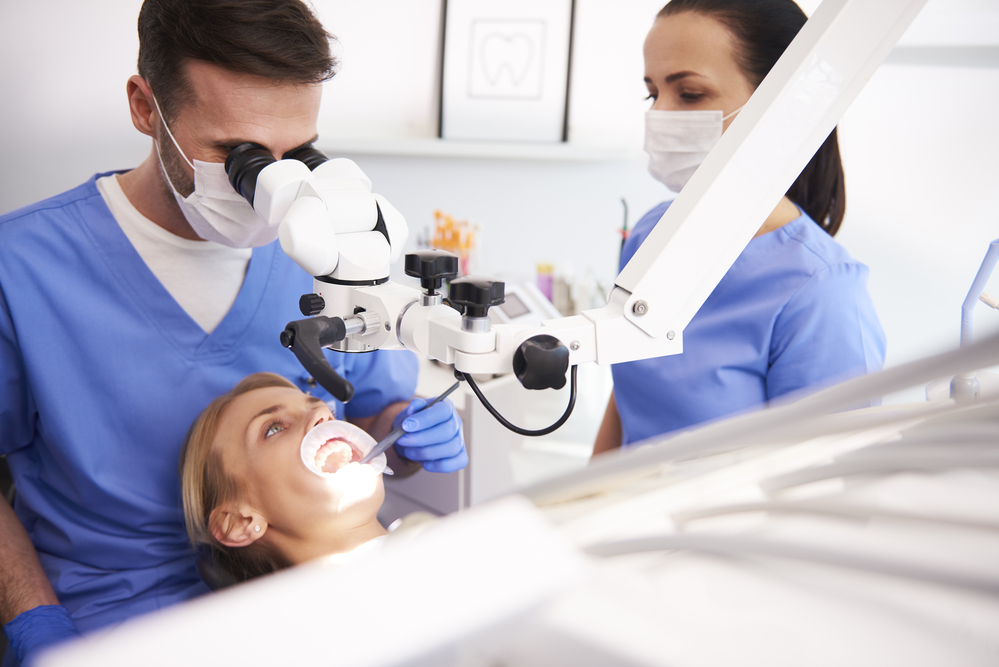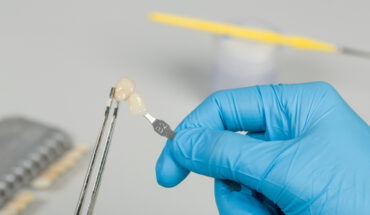
In the ever-evolving landscape of healthcare, one area that has seen remarkable advancements is dentistry. Gone are the days of antiquated tools and painful procedures; today, dental technology stands at the forefront of revolutionizing oral care. From enhancing the precision of treatments to making cosmetic dentistry more accessible and painless, these advancements have transformed the patient experience and raised the bar for oral health outcomes.
One of the most significant impacts of dental technology is evident in cosmetic dentistry. In the past, procedures aimed at improving the aesthetics of a smile often came with a hefty price tag and considerable discomfort. However, with the advent of cutting-edge technology, cosmetic dentistry is more advanced, extremely affordable and more painless, and more painless than ever before. Techniques such as teeth whitening, veneers, and clear aligners have become increasingly popular, thanks to innovations like laser dentistry and computer-aided design (CAD) technology.
Laser dentistry, in particular, has revolutionized various aspects of dental procedures. By harnessing the power of focused light beams, lasers can effectively perform a range of tasks, from removing decay and reshaping gums to activating teeth whitening agents. Not only do lasers offer greater precision and efficiency compared to traditional methods, but they also minimize discomfort and reduce recovery time for patients. Furthermore, laser technology enables dentists to target specific areas with unparalleled accuracy, ensuring optimal results while preserving healthy tissue.
Another game-changer in cosmetic dentistry is CAD/CAM technology, which has streamlined the process of creating dental restorations such as crowns, bridges, and veneers. With CAD/CAM systems, dentists can digitally design custom restorations based on precise 3D scans of the patient’s teeth, eliminating the need for messy impressions and multiple appointments. This not only saves time but also ensures a perfect fit and natural-looking results. Moreover, CAD/CAM technology allows for quicker turnaround times, enabling patients to achieve their desired smile makeover in a matter of days rather than weeks.
Beyond cosmetic enhancements, dental technology has also transformed the realm of preventive care and diagnostics. Digital imaging techniques such as cone beam computed tomography (CBCT) provide dentists with detailed 3D images of the oral and maxillofacial structures, allowing for more accurate diagnoses and treatment planning. Additionally, intraoral cameras enable dentists to capture high-resolution images of the inside of the mouth, allowing patients to see exactly what the dentist sees and better understand their oral health needs.
Furthermore, advancements in materials science have led to the development of stronger, more durable dental materials that closely mimic the natural appearance of teeth. Whether it’s tooth-colored composite resins for fillings or ceramic materials for crowns and bridges, patients can now benefit from restorations that are not only functional but also aesthetically pleasing. These advancements have significantly improved the longevity and success rate of dental treatments, ensuring that patients can enjoy a healthy and beautiful smile for years to come.
In addition to enhancing the quality of care, dental technology has also made oral health more accessible to a broader population. Tele-dentistry, for example, allows patients to consult with dentists remotely via video conferencing, reducing the barriers of time and distance. This is particularly beneficial for individuals in rural or underserved areas who may have limited access to dental care facilities. Moreover, advancements in portable dental equipment have enabled mobile dental clinics to reach communities in need, offering essential services such as cleanings, screenings, and preventive care.
Looking ahead, the future of dental technology holds even more promise. Emerging technologies such as 3D printing and nanotechnology are poised to further revolutionize the field, paving the way for personalized treatments and regenerative therapies. Additionally, artificial intelligence (AI) algorithms are being developed to assist dentists in diagnosing conditions, planning treatments, and predicting outcomes with greater accuracy.
In conclusion, advancements in dental technology equipment have ushered in a new era of oral care, where cosmetic dentistry is more advanced, extremely affordable, and more painless than ever before. From laser dentistry and CAD/CAM technology to digital imaging and tele-dentistry, these innovations are improving the patient experience, enhancing treatment outcomes, and making oral health care more accessible to all. As technology continues to evolve, the future of dentistry looks brighter than ever, promising healthier smiles and happier patients worldwide.




